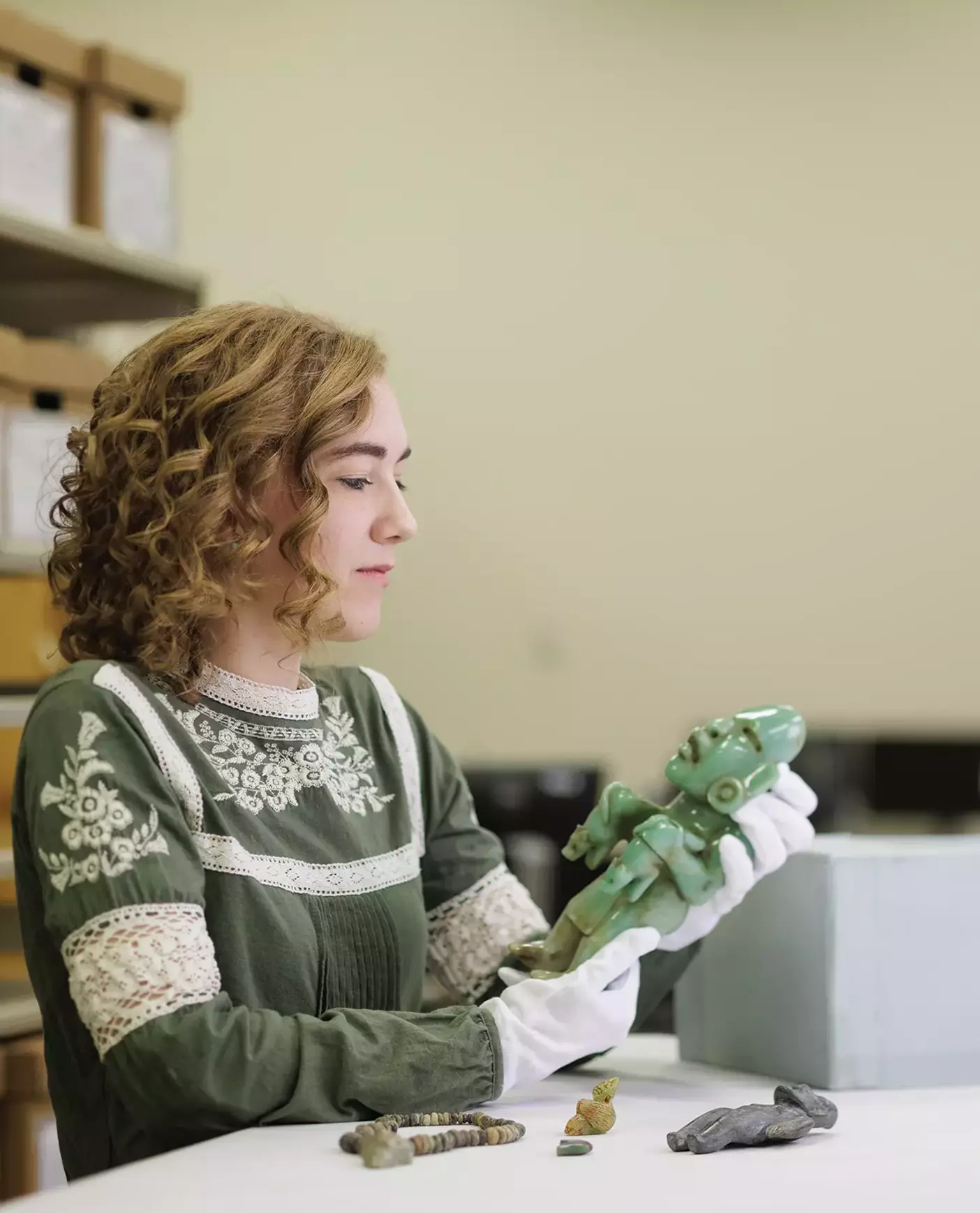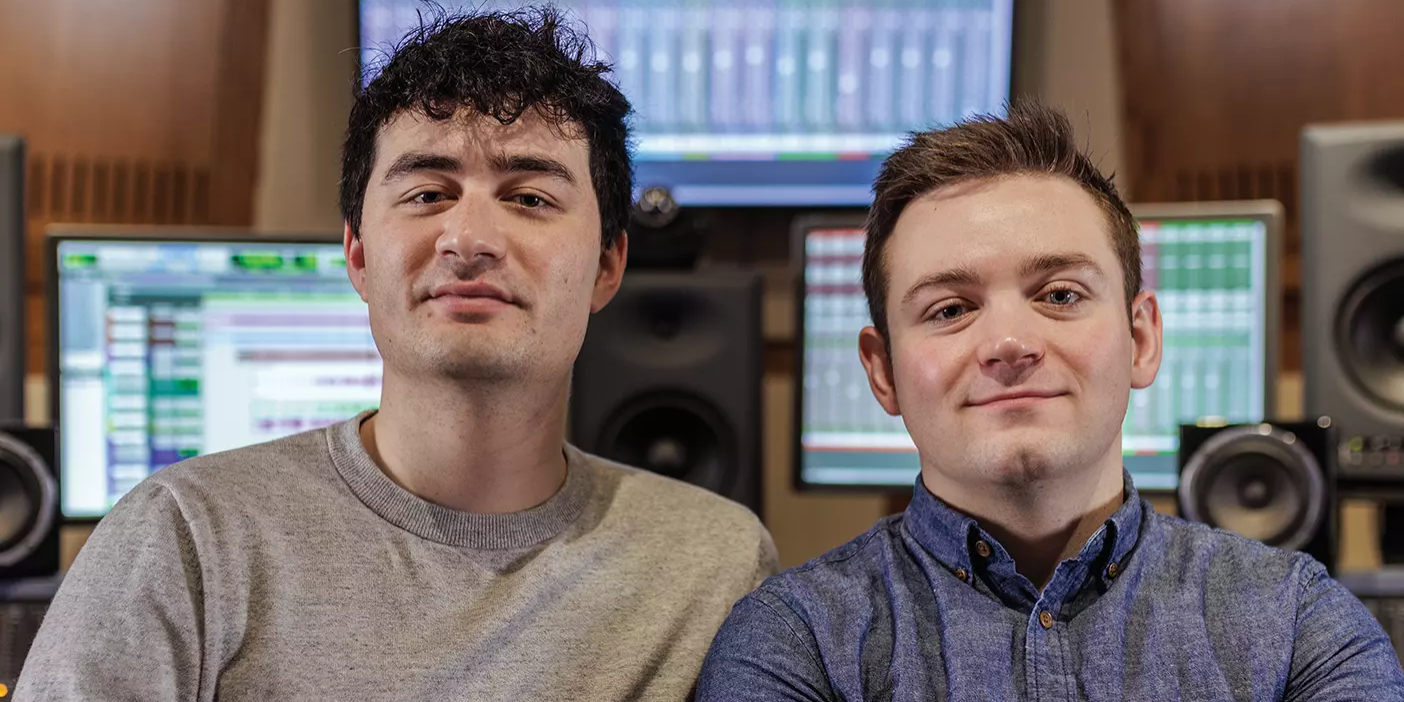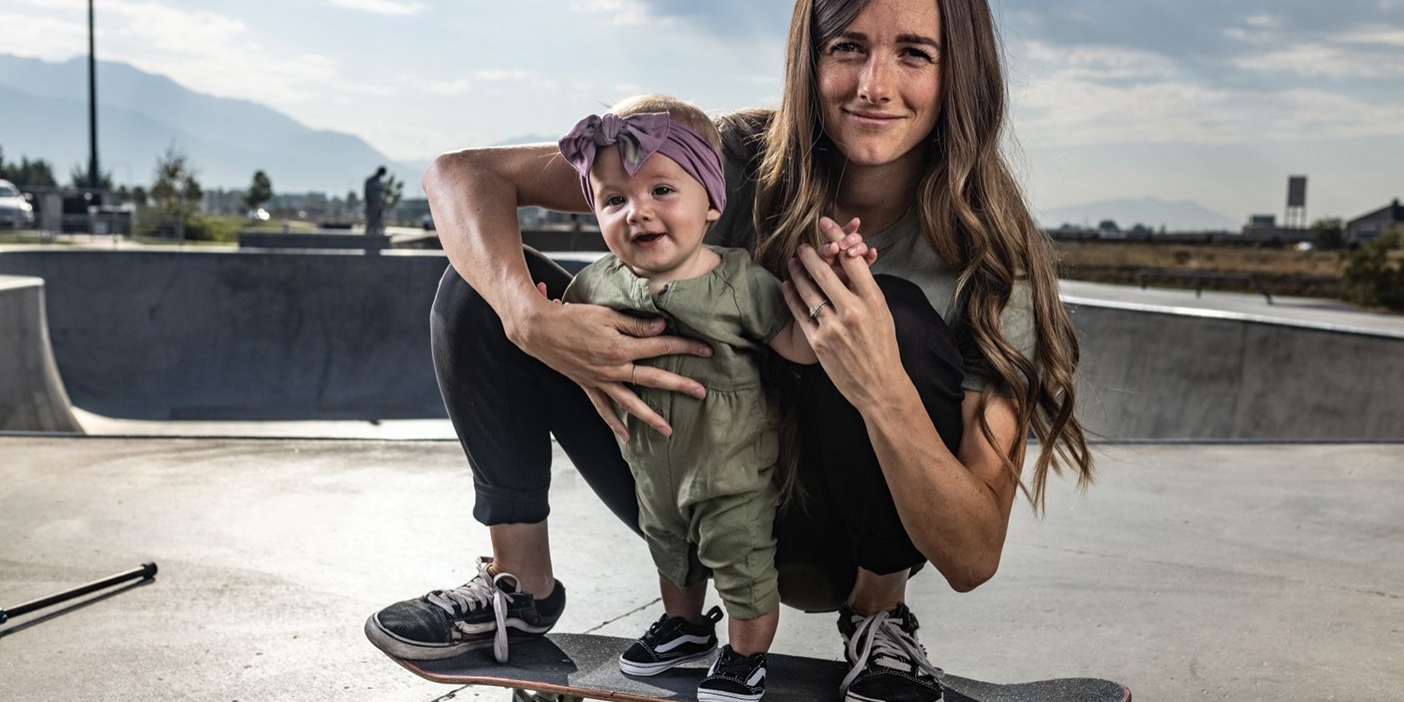
Sifting through a backroom collection of Mesoamerican greenstone figurines at the BYU Museum of Peoples and Cultures, recent anthropology grad Chloe D. Burkey (BA ’21) hunted for fakes. After examining 196 artifacts—most donated to the museum decades ago—Burkey and her mentor, postdoc Marion Forest, identified 36 forgeries.
While the term “forgery” may evoke art heists and deception, Burkey says the imitations she found aren’t scandals but an opportunity to “change what we can learn.” Most of the figurines Burkey examined were made in the Olmec style, originating from around 1200 to 400 B.C. The forgeries among the figurines, she says, were created centuries later by “artists striving to imitate ancient Mesoamerican styles”—the copies underscoring the value of Olmec art in modern Mexico and Central America.
In her work Burkey became an expert in spotting the marks of a forgery, like tool scrapes and indents, which are sometimes microscopic. Artifact authentication is an expensive endeavor for anthropology museums, but Burkey and Forest collaborated with specialists in Mexico to develop an approach to make it more affordable and accessible. Burkey hopes that other institutions will adopt their methods to “gain a greater understanding of their own collections.”












